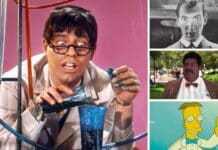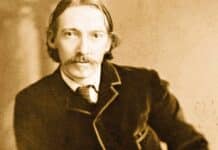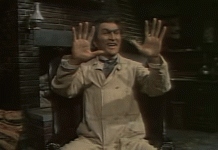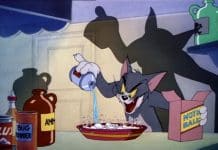Dr Jekyll and Mr Hyde 1941, starring Spencer Tracy in the starring role, is reviewed by ADAM SCOVELL
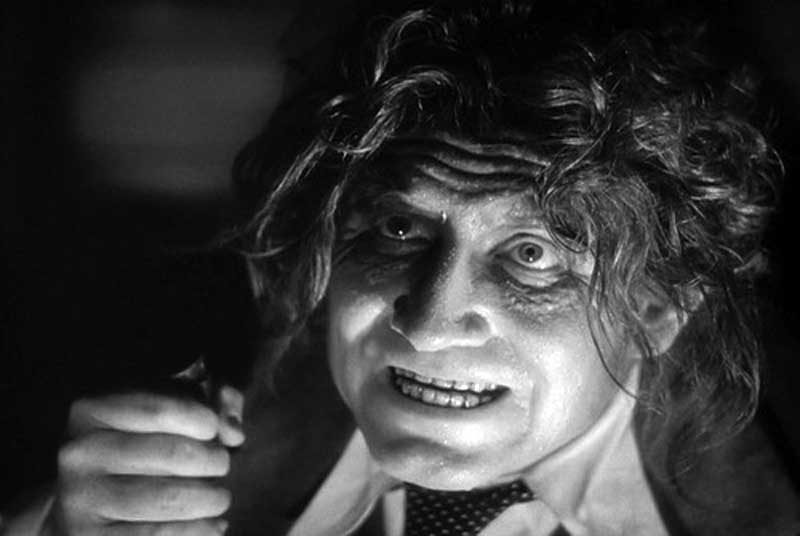
Title: Dr Jekyll and Mr Hyde
Year Released: 1941
Director: Victor Fleming
Cast: Spencer Tracy, Ingrid Bergman and Lana Turner
In contrast Rouben Mamoulian’s take on Stevenson’s story, Victor Fleming’s 1941 adaptation of Dr Jekyll and Mr Hyde is a far more conservative affair both stylistically and thematically.
Comparing the openings of both films, this becomes clear almost instantaneously.
Whereas Mamoulian’s went into a stylistic experiment almost straight away, Flemings film feels safer and more like a romantically envisioned costume drama.
The opening is no longer in first person, looking out from the viewer’s perspective but third-person view of a softly lit church ceremony interrupted by a madman.
This stark contrast somewhat flattens Fleming’s film making it seem far more average than it actually is.
Taken as a singular film, this edition is at once a classy, period drama full of detail and elegance just like its glamorous cast.
Spencer Tracy replaces Fredric March as the eponymous Doctor and just about carries the weight of burden that the character is forced to endure.
Again though, his performance is in the shadow of the previous adaptations success and is simply no match for Fredric March’s Oscar winning show.
Where Fleming’s film does improve upon is in its supporting performances.
Outside of March, Mamoulian’s film was let down by a relatively wooden support cast.
Fleming instantly sees to this by casting Lana Turner as his love interest, Beatrix, and Ingrid Bergman as the victimised Ivy.
These two performances instantly bring the drama up a level, injecting elegance into relatively two-dimensional characters.
This story also has some very interesting ways of visually showing Jekyll’s ideas, especially his scientific ones.
A wonderful montage sequence shows his persistent research into the inner evil which culminates in a simple character transition between a rat and rabbit.
These moments are fleeting though and the film spends far too long lingering on Jekyll’s soft focused life than on the horror of his actions.
His transformation, which is roughly a third of the way through film shows a Hitchcock-like dream sequence in place of a full blown metamorphosis.
It seems almost Freudian as he sees a flower floating down a river before whipping horses which turn into his two love interests.
Fleming’s film is wiser in terms of the transformation than Mamoulian’s specifically because it is one that is clearly more of a mental change of state than a physical one.
Tracy’s hair becomes slightly ruffled and sweaty but overall it is the performance more than any make-up that makes this change happen.
This does however lead to the differences being a little undefined and loose.
Though still a solid, romantic horror with a high quality veneer and cast, Fleming’s Dr Jekyll and Mr Hyde will be forever the lesser film in contrast to its predecessor.
However, this shouldn’t detract from its many merits which come together to make an excellent, psychological horror film and a fitting adaptation of Stevenson’s narrative.



